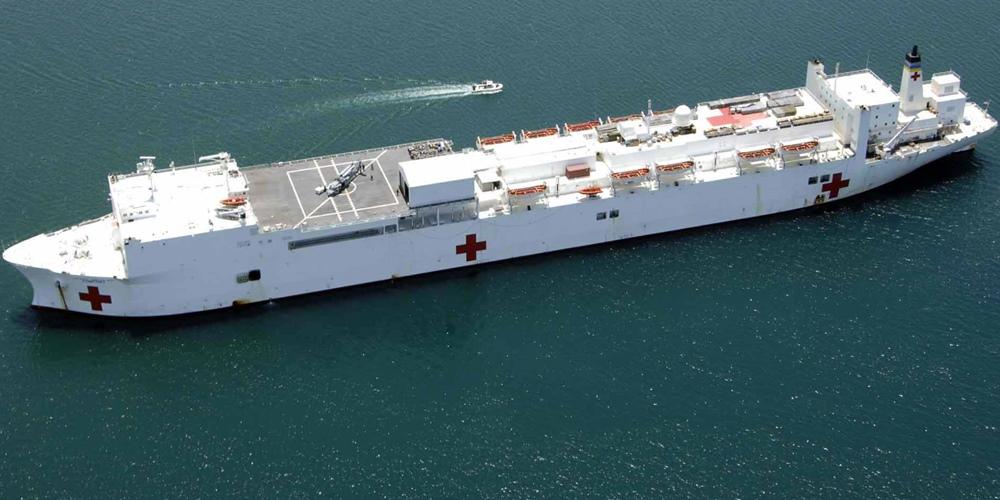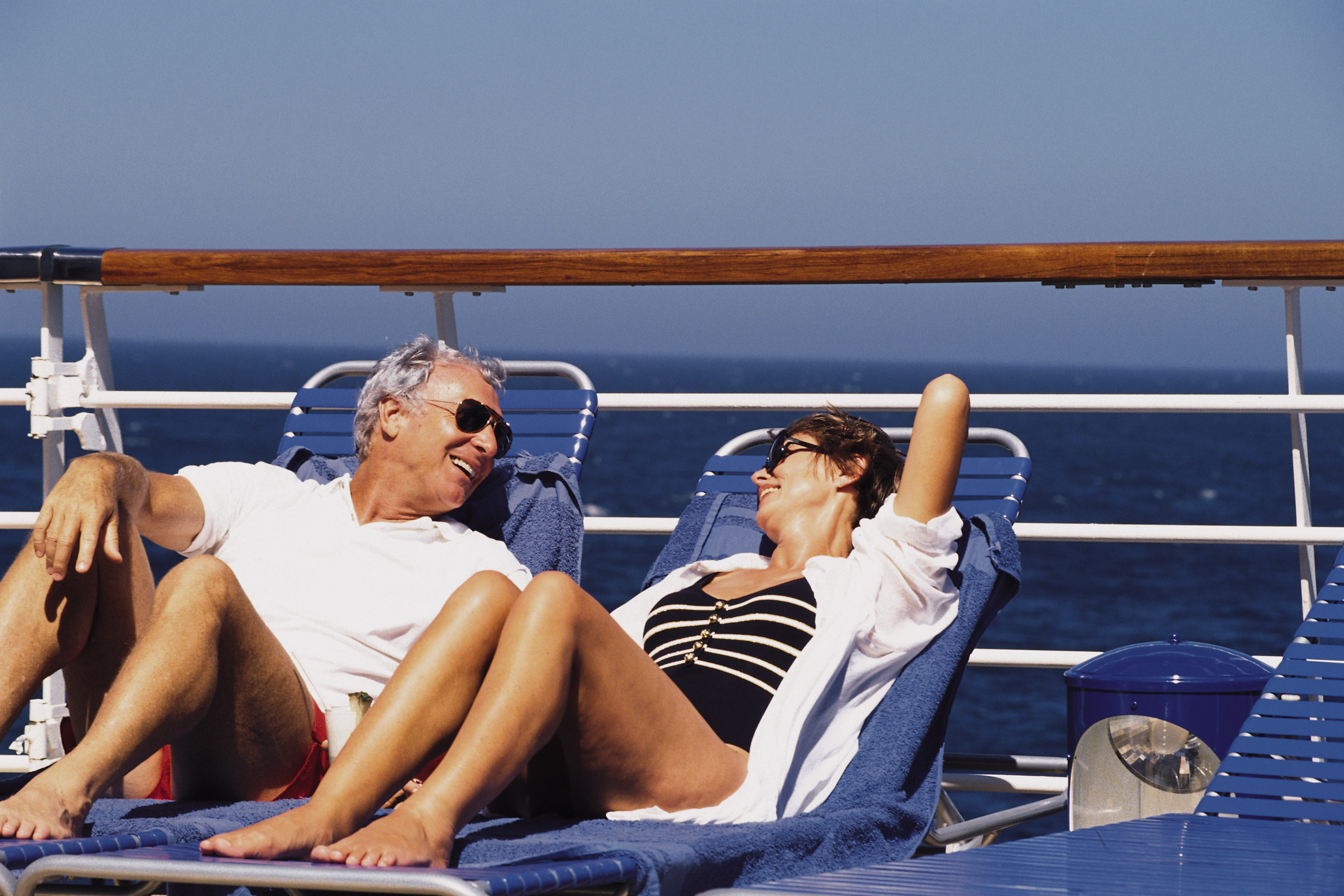Table Of Content
- Hotel Reward Programs
- Using a Smartphone to Detect Norovirus (Winter Vomiting Bug)
- What do cruise lines do to halt the spread of Norovirus?
- Outbreaks 2014 reports
- Cruise lines battle norovirus outbreaks, affecting crews, hundreds of passengers. Here's what to know
- Multiple people displaced after large overnight fire breaks out in Little Havana
According to Shah, norovirus spreads rapidly anywhere there are large groups of people, like school classrooms, family gatherings, and weddings. Norovirus infects between 19 million and 21 million Americans annually, the CDC reports. The ship is due to arrive at Port Everglades on Tuesday, April 16, and there appears to be no delay in her scheduled arrival. Her next voyage, scheduled to depart the same day, is a 20-night one-way from Fort Lauderdale to San Francisco, California, including a full transit of the Panama Canal. As is standard procedure to safeguard individuals’ privacy, the names of those reporting symptoms have not been released.
Hotel Reward Programs
Royal Caribbean offered a full refund to passengers on an Oasis of the Seas sailing that returned to its homeport early due to a Norovirus outbreak onboard. Beyond that, crewmembers distribute information to passengers onboard offering precautionary tips, as well as a heads-up memo at embarkation to travelers boarding a ship that had previously seen a high percentage of illness. And, as mentioned above, passengers who report symptoms may be quarantined to their cabins. Cruise lines have had to invest heavily in cleaning and sanitation protocols, disease detection methods, and passenger education to combat the threat of norovirus. In many instances, outbreaks have led to public relations challenges, decreased passenger satisfaction, and financial losses due to trip cancellations and medical costs.
Using a Smartphone to Detect Norovirus (Winter Vomiting Bug)
Most recently, a norovirus outbreak in June on the Viking Neptune sickened 110 passengers (over 13% of the ship's guests) and nine crew members with vomiting, diarrhea and abdominal cramps, according to the CDC. The CDC has tracked outbreaks of gastrointestinal illness on cruise ships through its Vessel Sanitation Program (VSP) since 1994. In 2012, the number of reported illness outbreaks on cruise ships was 34. The total number of infected was 5542 (of those 5079 passengers and 463 crew). In 2013, the number of reported illness outbreaks on cruise ships was 22. The total number of infected was 2385 (of those 2249 passengers and 136 crew).
What do cruise lines do to halt the spread of Norovirus?
Similarly, you’ve got to be careful about anything that could explode in your pants. The key to preventing norovirus, and most other illnesses is simply washing your hands well. In serious cases where outbreaks cannot be contained, cruise lines might actually pull a ship out of service for a few days so it can undergo a more thorough sanitization. Though generally moderate, symptoms are often flu-like (in fact, Norovirus is often called the "stomach flu," even though it is not related to influenza). Symptoms include nausea, vomiting, diarrhea and abdominal cramps; children often vomit more than adults. A norovirus outbreak can cause significant disruption to the planned activities and itineraries of a cruise.
Norovirus Cases On Cruise Ships Skyrocket: Here’s Why—And How To Avoid Getting Sick - Forbes
Norovirus Cases On Cruise Ships Skyrocket: Here’s Why—And How To Avoid Getting Sick.
Posted: Thu, 13 Jul 2023 07:00:00 GMT [source]
This leads you to have stomach pain, nausea, and diarrhea and to throw up. They must also submit reports if 2% or more of the passengers and crew become ill and the ship is scheduled to visit a U.S. port within 15 days. If the number hits 3% or more, cases must be reported to the CDC even if the ship is not scheduled to call on a U.S. port within the next 15 days.
Health officials at the CDC determined that norovirus caused the outbreak after Viking Cruises collected and sent specimens to the agency's laboratory for testing. Cruise ships are required to report gastrointestinal illness cases to the CDC before arriving from a foreign port, or when 2% of the crew and passengers have the illness. Norovirus cases aboard cruise ships have spiked for the first time in over 10 years, and experts believe more lenient travel restrictions and an increase in cruise passengers following the Covid pandemic are to blame. Find out why norovirus is unfairly labeled a cruise ship illness, what cruise lines do to minimize onboard spread and whether you should be worried about it on your next voyage. An excessive number of news reports exist for norovirus cases on ships, making it seem to the unsuspecting public that cruise vessels are dirty or you're likely to get sick if you sail. On all three vessels, norovirus was determined as the cause of the illness.
Cruise lines battle norovirus outbreaks, affecting crews, hundreds of passengers. Here's what to know
Severe cases usually involve dehydration due to loss fluid—death is rarely ever a result. What causes Norovirus on cruise vessels is mainly contaminated food/water. When it comes to ships, it spreads mostly through physical contact with sick people or handling contaminated objects.
Multiple people displaced after large overnight fire breaks out in Little Havana
You can find a list of the most recent inspection scores and lists of violations for each ship on the VSP website. Silver Nova is currently sailing a 16-night one-way cruise from Lima, Peru to Fort Lauderdale, Florida, having visited ports in Ecuador, Panama, Colombia, Jamaica, and Mexico en route. Guests could also have embarked in Cartagena, Colombia, for the last 7 nights of the sailing. Psychology Today, a Substack entitled "Minded by Science" and have written articles for The New York Times, Time, The Guardian, The HuffPost, STAT, the MIT Technology Review and others. Follow me on Twitter (@bruce_y_lee) but don’t ask me if I know martial arts. For example, should someone tell you, “I am having some explosive diarrhea, but should still be able to dance with you,” tell them that “explosive diarrhea” is not something that you want to dance around.

Norovirus outbreaks 2023 reports
Cruise illness issues often result in lower booking rates and cheaper prices - which is bad for the business. Obviously, the first thing is to go to the ship's infirmary (medical center) and contact the doctor. You should drink plenty of water as dehydration is a side-effect of the illness. A few years ago an experimental Norovirus vaccine (applied as nasal spray) was developed by the "Center for Infectious Diseases and Vaccinology" (Arizona State University).
For the agency to report a cruise-ship outbreak, 3% or more of passengers or crew members must report symptoms of gastrointestinal illness, such as vomiting and diarrhea, to the ship's medical staff. You can get norovirus from an infected person, from contaminated food or water, or by touching contaminated surfaces. The virus causes your stomach or intestines or both to get inflamed (acute gastroenteritis).
Other possible actions and results are red level ("Code Red") cleaning. The boarding/embarkation of new passengers is often delayed to permit more extensive disinfection of public areas and the cabins. Usually, a pre-embarkation health advisory is distributed to all boarding passengers. Additional med staff is sent to the ship in port to assist the disembarkation of infected passengers.
The UK Health Security Agency recently reported that norovirus cases are approximately 66% higher this season than the five-season average of the same period before COVID-19. Kosciolek says she has made it a practice to wash her hands before going to the buffet, and then washing them again before she eats, since buffet implements aren’t sanitized after each passenger touches them. Land-based operations ("Field Service") include mobile clinics providing screening for potential surgery patients, healthcare, dental care, also mental health programs, infrastructure projects. Norovirus cases have spiked across the United States this year, which some experts say is the result of ending COVID-19 restrictions.

Search for medical assistance - consult the ship's physician if no actions provide relief. Seasickness is physical disorientation as a result of conflicting signals received by the brain from different body senses. Our inner ear senses the ship's irregular motion, which our eyes can't see because the floor and walls are stable. Depending on individual balance, our ability to adjust to motions varies, so not everyone experiences seasickness.
The outbreak aboard Queen Victoria was the largest, affecting 154 guests and crew members with vomiting and diarrhea. So if you are about to go cruising, how do you avoid getting a norovirus infection, beside, of course, not going on the cruise? Use soap and water since hand sanitizer may not kill or inactivate the virus.


No comments:
Post a Comment